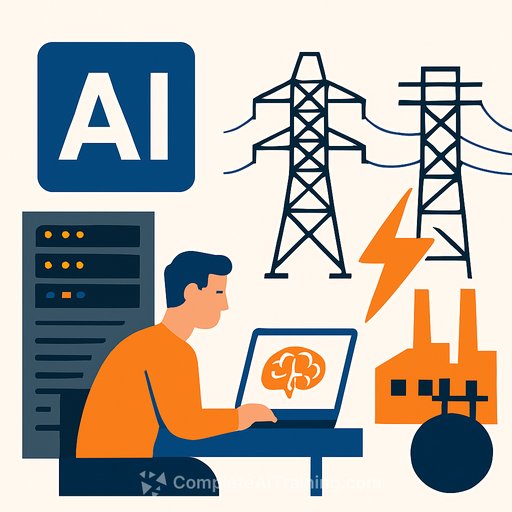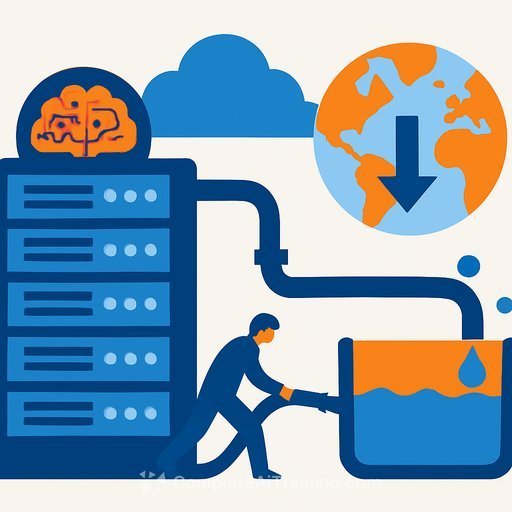The swift growth of AI data centers across the U.S. is pushing the electrical grid to its limits. As of August 2025, these facilities have become major energy consumers, driving electricity demand to levels not seen before.
AI Infrastructure Growth and Energy Demand
High-performance computing for AI training and inference requires massive power. Large data centers now represent a significant slice of the country’s energy use. Their expansion often outpaces local grid upgrades, especially in regions chosen for climate advantages and lower energy costs. This clustering increases stress on local utilities, particularly during peak consumption periods.
Energy regulators report that AI data centers are no longer a minor factor—they are now central to grid planning and emergency strategies. In some states, grid operators have issued alerts asking industrial and commercial users to reduce power use during critical hours to avoid outages.
Emergency Alerts Signal Grid Stress
To manage the growing strain, grid operators have stepped up monitoring and contingency efforts. Emergency alerts in several regions highlight the real-time challenge of balancing supply and demand as AI workloads increase. These alerts prompt demand response programs that encourage large users to cut back during peak times.
Additionally, some facilities are being advised to postpone non-essential tasks to off-peak hours. These steps help maintain grid stability and reduce the risk of cascading failures.
Long-Term Grid Solutions in Progress
While immediate measures address short-term risks, utilities are accelerating investments in grid upgrades. These include expanding transmission capacity, incorporating distributed energy resources, and improving forecasting and load management technologies.
Experts warn that AI's energy demands will persist and grow. Long-term planning must consider sustained AI infrastructure growth to maintain grid reliability. This situation calls for coordinated policy and investment efforts to prepare the energy system for future technological demands.
The link between AI development and energy use is changing how utilities, regulators, and tech companies plan and operate. As AI continues shaping industries and consumer behavior, its impact on energy infrastructure becomes equally significant.
Your membership also unlocks:






